Pretend you're a Worm or How to Love Your Soil
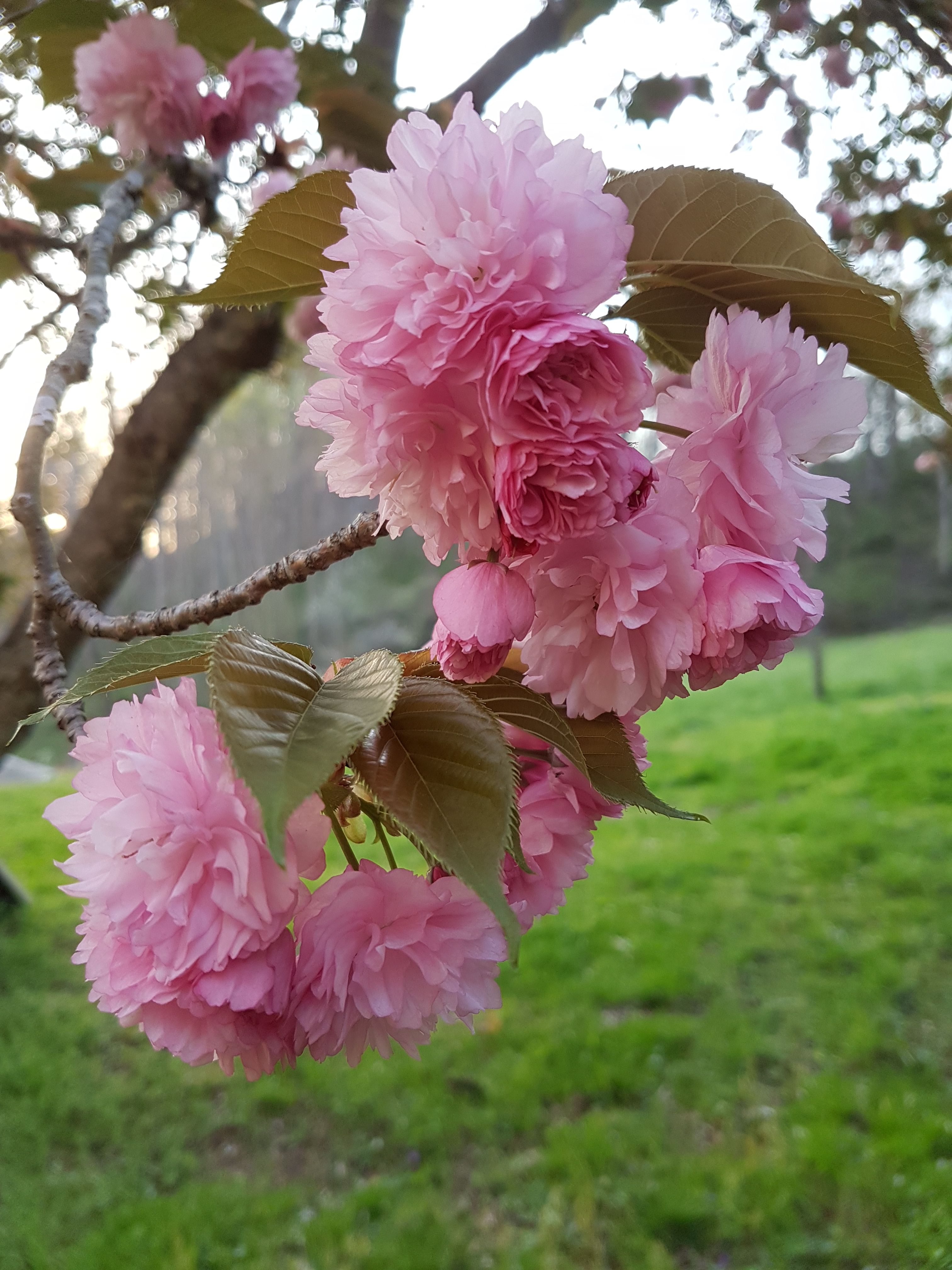
Our soil is a living organism,
not just a medium to grow stuff. Keeping our soil alive and healthy ought to be our primary concern if we hope to grow things sustainably. People use the term “sustainable” rather loosely these days. For example, folks plant a garden and sprinkle some mulch/compost on the soil and grow a vegetable. They call it sustainable gardening. It looks beautiful, the first year. But how will the plants look after five or ten years of growing in that same spot? In other words, are we sure we’re replenishing the nutrients at the same rate we are depleting them while keeping all factors in balance? If not we’re starving our soil and killing it. Few practices achieve this hence the fertilizer industry, organic or otherwise. So how did the nutrients in the organic matter get into our soil in the first place? Simple answer is that they lived and died there. It’s all the bacteria, fungus, and other microorganisms fulfilling their life cycle that creates soil. This life/death cycle takes a LONG time to build soil which is why soil is precious and we need to be patient.
In the first post on this topic we saw that soil is composed of air (25%), water (25%), minerals (45%), and organic matter (5%). This time we’ll look more closely at what goes on within this 5% of the soil.
Bulk wise the majority of the organic matter is dead plant material but amongst all that vegetative litter we find living organisms, namely fungus, bacteria, and a whole host of tiny critters.
Fungus
There is a term, mycorrhizal, which folks apply to a somewhat symbiotic relationship between plants and fungus. It is HUGELY important and often ignored. The people at http://mycorrhizae.com/ do a great job of explaining this relationship in detail and can even help you get product if you want. (I have NO affiliation with them.) I encourage you to read through their simple site.
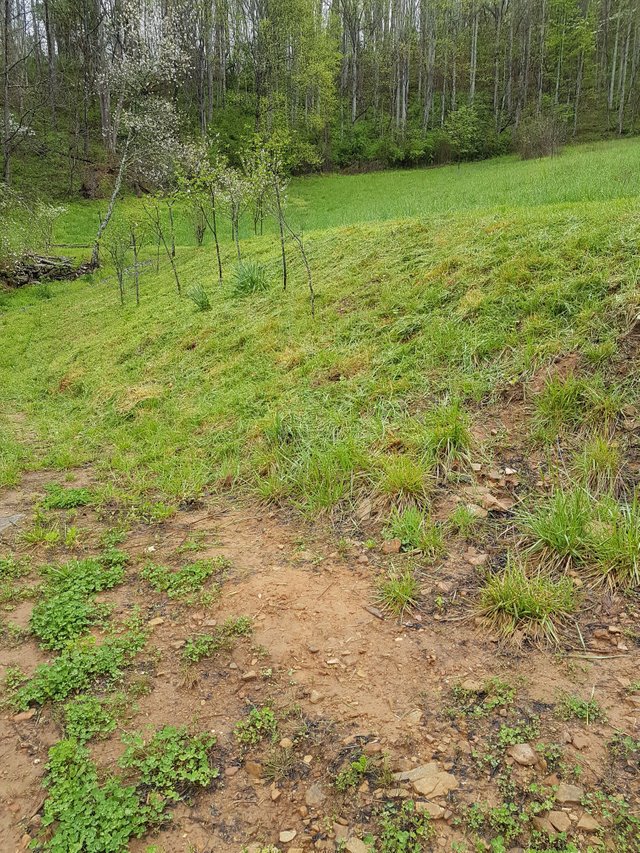
Remediation in Progress
The mycorrhizal relationship affects the transport of nutrients and water into the plant. In short most every plant that grows in soil forms either a relationship with endomycorrhizae or ectomycorrhizae (a few form both). Endomycorrhizae form the relationship WITHIN the root structure whereas ectomycorrhizae form the relationship OUTSIDE the root structure. Stated another way the “endo” fungus live inside the root and the “ecto” lives outside the root. It’s these little guys (and gals) that you want to keep happy and alive because they determine how well nutrients and water enter into your plant.
The way you keep both the plants and fungus happy is to try NOT to separate them. They like each other and want to stay close.
Bacteria
In addition to fungus we have bacteria. They perform a variety of functions in our soil.
- Decomposers – These start the decomposition process which is usually finished by fungi.
- Nitrogen Fixers – Usually live in the root nodules of legumes where they sequester nitrogen. They get the nitrogen from the air and convert it into forms plants can use. Up to 100kg of nitrogen per hectare per year can be stored this way.
- Sulfur oxidisers – These covert sulfides into sulfates, a form of sulfur which plants can use.
- Actinobacteria – These bacteria break down humates and humic acid. According to Wikipedia Humic acids are a principal component of humic substances, which are the major organic constituents of soil (humus), peat and coal. It’s part of the organic matter of soil.
- Disease Suppressors – Some bacteria can suppress fungal infection but this action is very species specific and not generally applicable.
Bacteria tend to come in two types, aerobes and anaerobes. Aerobes require oxygen, anaerobes require NO oxygen. Anaerobes tend to be found in poorly drained soils and can produce compounds toxic to plants.
The Remaining Menagerie
But we’re not done yet! There is the menagerie of insects, worms, and other things we probably can’t pronounce. Suffice it to say that each has an important role to play. We’re all familiar with the value of earth worms. Now imagine that the soil is a veritable zoo of such creatures mostly too small to see reliably. Now imagine what happens when you dump concentrations of chemicals that these poor creatures have never experienced before. Try not to use chemicals that didn’t occur as part of the natural environment. (Use of chemicals, even “organic” approved can get complicated. For example certain copper compounds are allowable for “organic” treatment of crops. Copper is toxic to earthworms. Glyphosate, i.e. Roundup, actually helps protect the earthworms from the copper. It’s complicated so it’s best simply not to go down that rabbit hole.) Just be aware that these little creatures are there and treat them like you’d want to be treated.
Best Practices
So, how do we apply this knowledge? We use common sense and understand that life is a compromise. If you want to build a house or a road you will destroy the soil under the house and everything in it. But the house is probably more important than the soil you destroyed. On the other hand, if you want to grow stuff in the soil then you’d better work with it rather than against it.
The first step is to be aware of what soil is. If you just read the paragraphs above then you are reasonable aware. Just stop and think about what you’re doing before you do it. If you saw a field of wild flowers would you drive your four-wheeler through it spinning donuts everywhere?
We can roughly classify our soil damaging behavior into two types:
- Destructive – the result is that the soil dies. Examples are building houses, ponds and roads.
- Disruptive – the impact is severe but if remediated the soil can recover and survive. Examples are cutting timber, use of agrochemicals, and tilling practices.
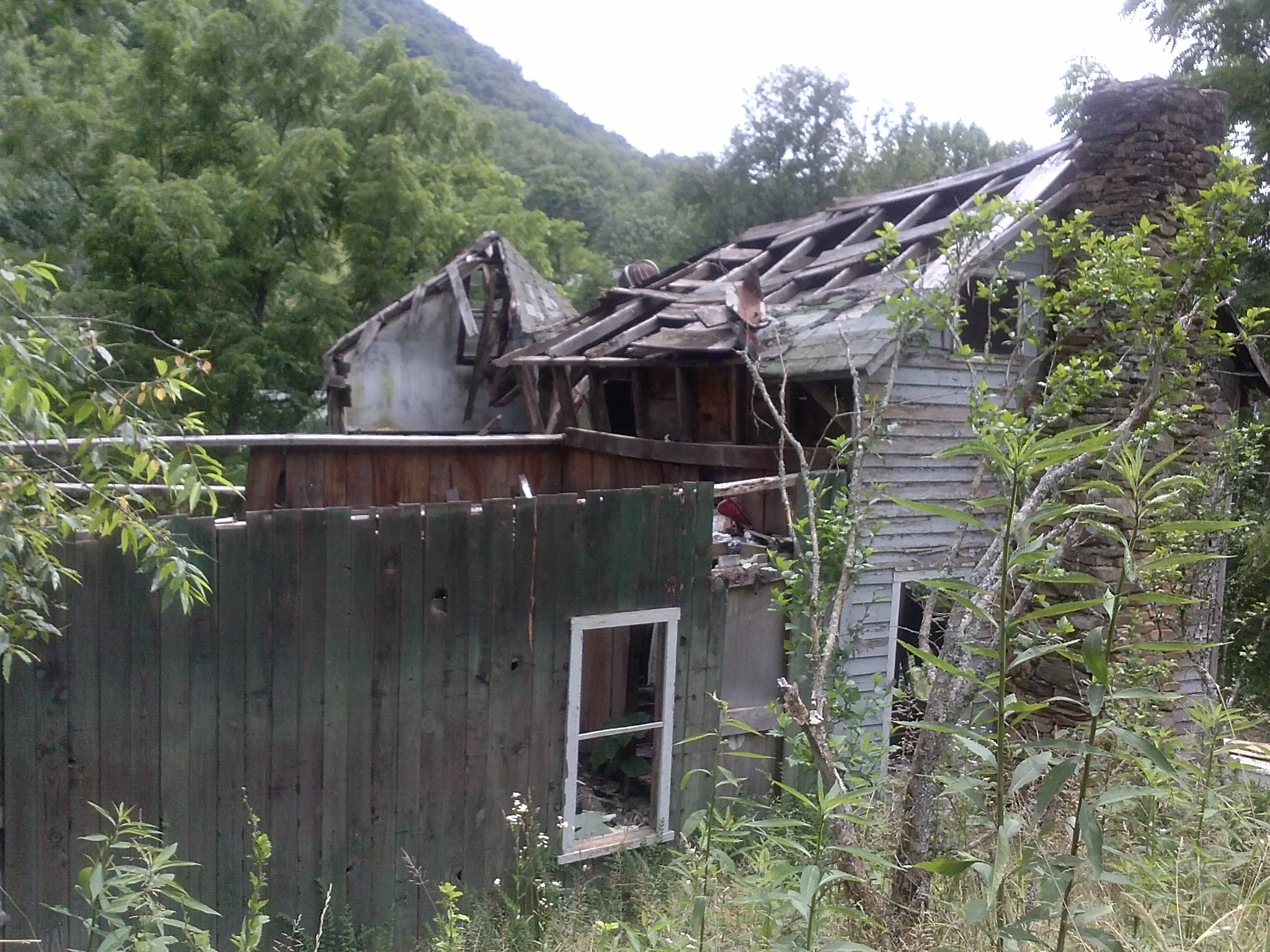
Soil Destruction by House - BEFORE Remediation
Destructive Remediation Practices
If your action is destructive to the soil then you should simply save the soil by moving it to a safe place. This will probably require tractors or other equipment. If you need to build a house then remove the top soil to save it from being buried under the house forever, or at least a long time. Of course how much effort you put into this depends on the value of the soil. If you live in Florida much of the soil isn’t worth much, but it is better than fill dirt. In other places “terroir” is everything and very valuable. (I know that’s a stretch of the definition …)
If you appreciate that some soil is better than others you might decide not to build your house where you ought to plant your garden. On the other hand you may very well decide to build a chicken coop over bad soil. Simply think about land use in context with your soil and apply some common sense.
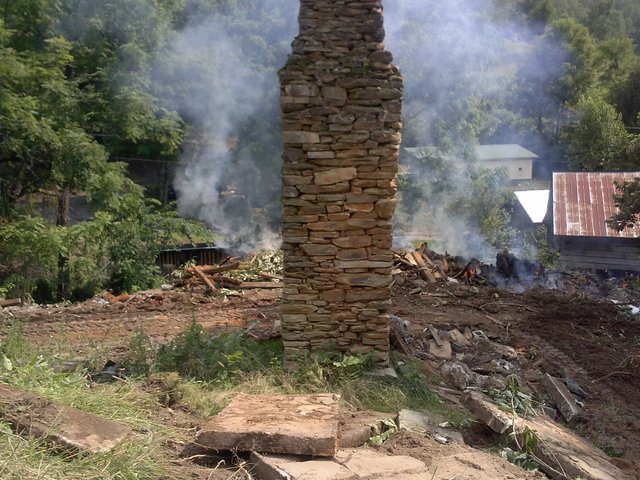
Soil Destruction by House - AFTER Remediation
Disruptive Remediation Practices
This is the big area since most everything we do is disruptive to the soil. It’s so big that each item could be it’s own post.
- Know When You’re Being Disruptive – It sounds obvious but many don’t know that what they’re doing is disrupting the process that builds and maintains their soil. Pretend you’re an earthworm in the soil you’re working. Would you be happy with what you’re doing from the worm’s perspective? Now consider what you’re doing to the life cycles of the fungi and bacteria, and all the other creatures in your soil.
- Figure Out a Better Way – If you don’t have to be disruptive then don’t. Look for other ways to achieve the same or similar outcome that are less disruptive. I have a problem with invasive species of plants, multi-flora rose to be exact. I’m sure they’re lovely wherever they came from but they’re an evil here. I want them ALL to go away. What is the least disruptive was to make that happen? My options are:
- Dig them up
- Mow them down, repeatedly
- Let goats eat them
- Spray them with horrible chemicals
Each option has pluses and minuses. I evaluate the specific infestation and make a decision based on the lesser of multiple evils. It’s NOT a perfect solution but I MINIMIZE the overall disruption to the soil. Remember, the presence of the invasive species is also a disruption in itself.
- Think Long Term – Too often we make a quick decision and act before we’ve considered all the ramifications. What is the long term consequence of converting that woodland to pasture; or pasture to orchard? What happens in 15 years if I plant this tree in this specific location? What trees should I cut for firewood given ALL the trees I have?
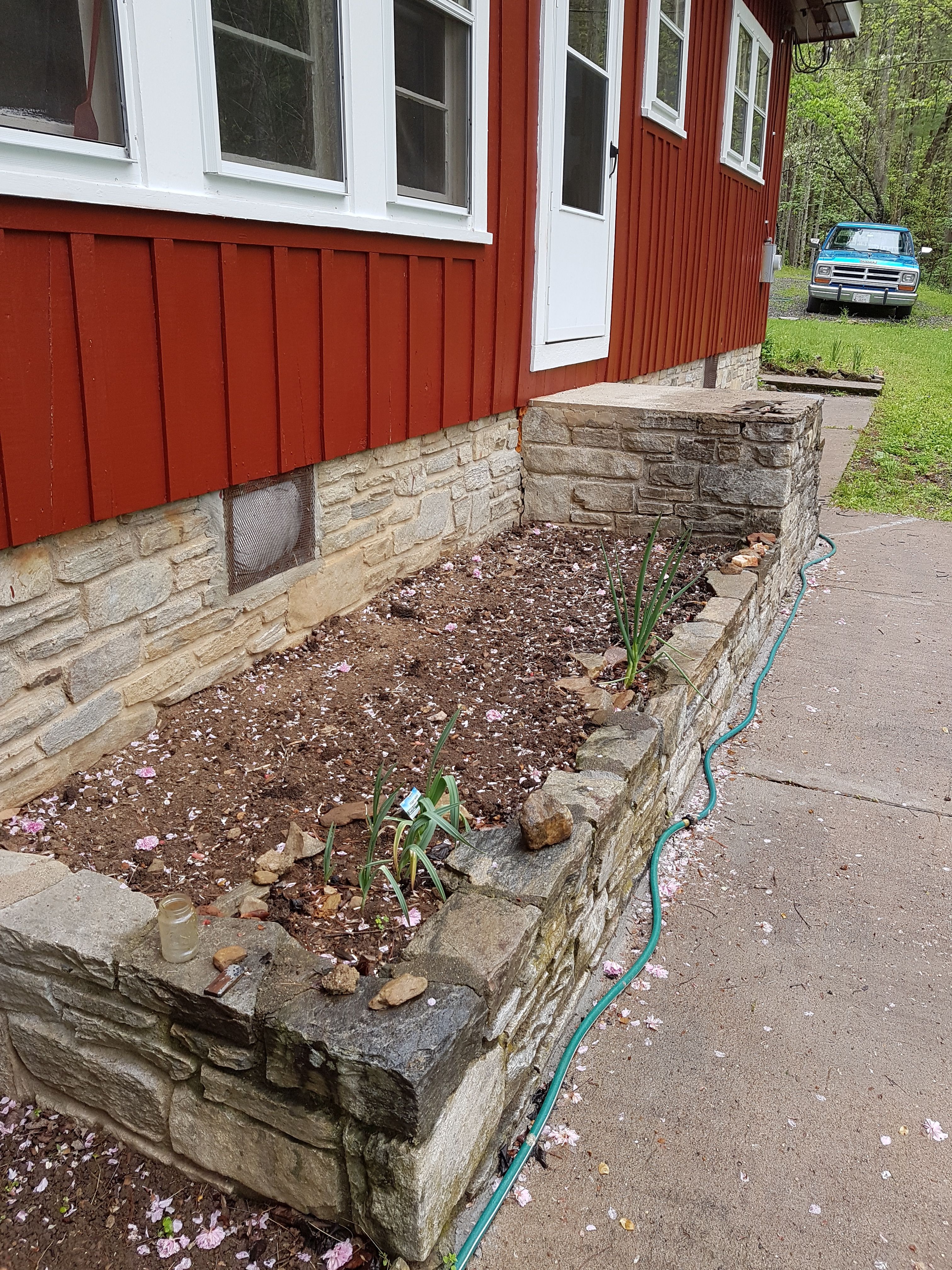
My Pitiful Planter
I’ll finish with an example. There’s a planter attached to my cabin that’s 4x12 feet. It’s clearly been disrupted and disturbed. It has never existed in a natural state. When I got it it was planted with an invasive species of ground cover. I disturbed it more by removing the ground cover back to bare dirt. I then went to the barn and loaded the bucket on the tractor with the compost from the manure/straw mixture in the stalls. I dumped it in the planter, mixed well, added water, covered with hay and let it rest all winter. The following year I planted a few vegetables (romaine lettuce) along with my kitchen waste, but not in the same hole. ;-) I keep adding organic material and turning it in. I have earth worms living in my planter now. That’s a good sign. This Spring I’ll lightly rake the surface and plant a cover crop seed mix I have, mostly brassica (turnips and radishes). I’ll let that grow all season. It will establish a dense green cover that we can eat. As the roots mature we can eat them too. But most importantly I’ll just cut the mature greens and leave them on the surface through next winter to decompose. I might cover that with wood chips if I have any. The goal is to prepare it for a perennial crop like asparagus. It will take years. The year before I plant the perennials I’ll sow it with nitrogen fixers, probably varieties of clover as they do well in my area. The goal is to have a “sustainable” planter that will not have to be disturbed once it’s been established. We’ll see. It’s a small space.
I could have just bought some organic products and started planting my vegetables, and repeat each following year. But that’s NOT truly sustainable.
Other Posts in this Series
Soil vs Dirt and Why It Matters
How We Kill Our Soil
PS - If I don't cite a source for a photograph then it's one I took myself.
PPS – Sorry this post was delayed but I took time to reconfigure my website to accept STEEM as payment. If you have quality, hand-made items you want to sell please contact me on Discord Private Message using @yulem.
I just discovered your series and have it bookmarked to read tomorrow. Really informative and a good reminder to think about how we approach things as spring arrives and we get back to the outdoors and gardening.
Sometimes we get so focused on the task at hand that we miss the bigger picture.